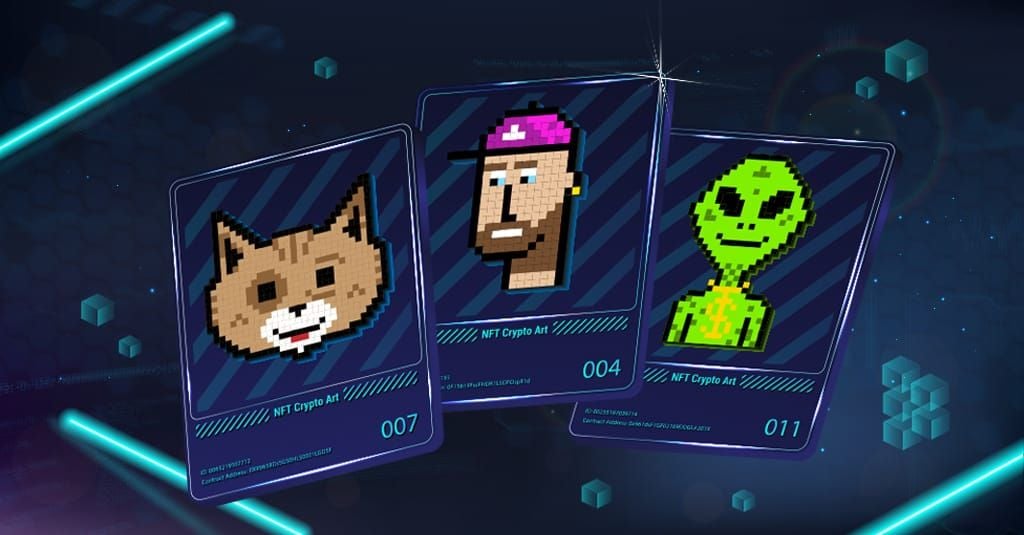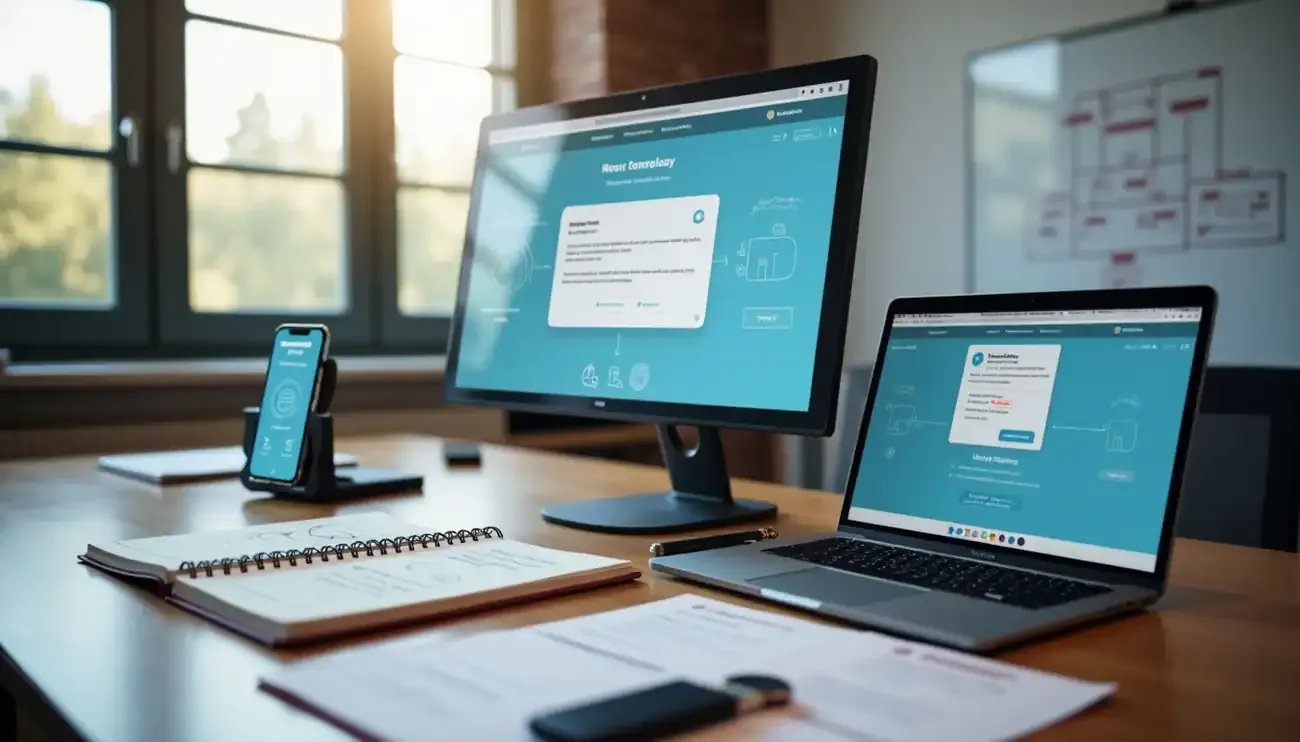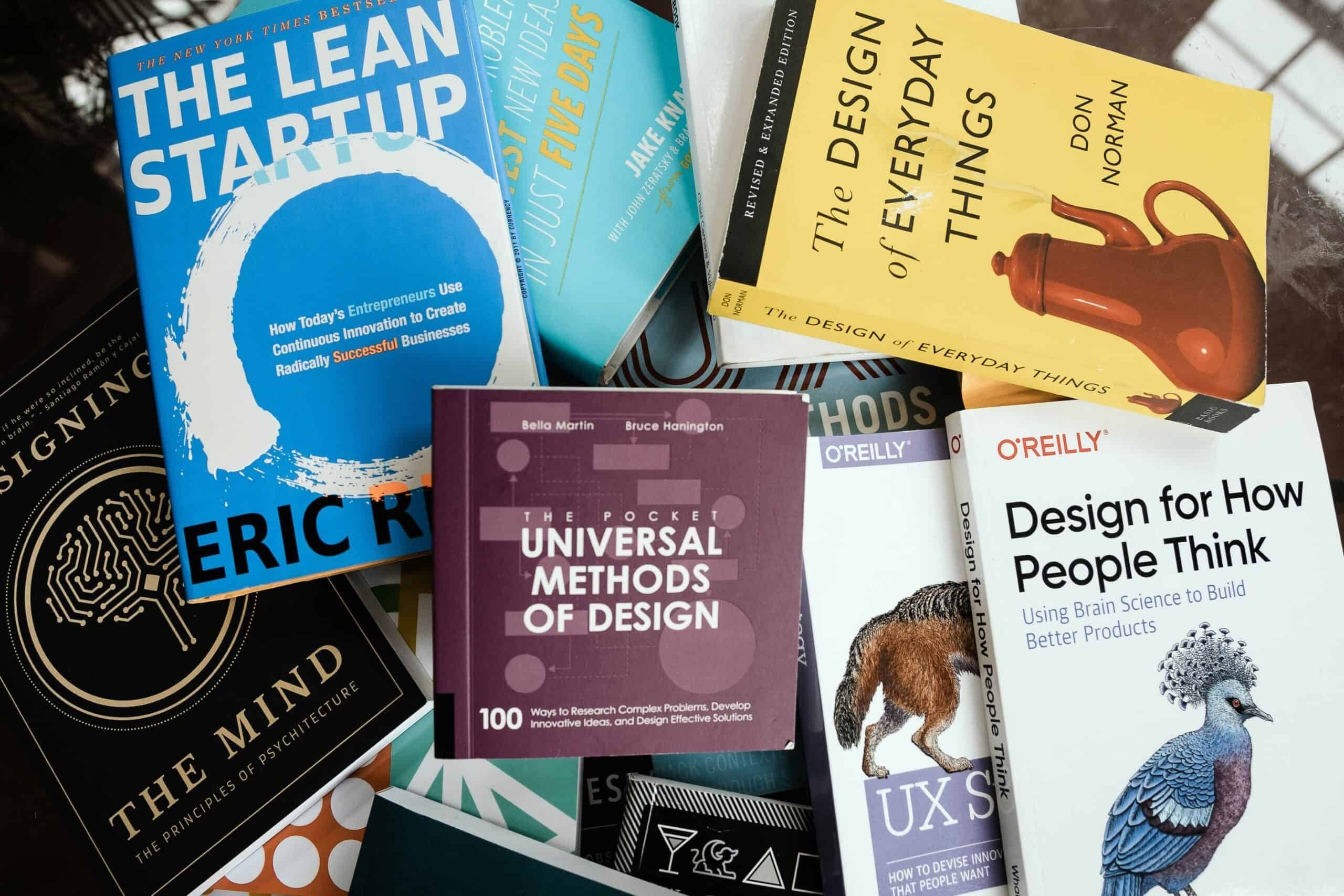
Mobile design and development requires a personal touch.
Mobile devices are personal. They accompany us to work, to school, to life events big and small. They keep us connected. They keep us engaged. They’re more than practical; they are an extension of our personalities. (And we’re not just talking about lock screen photos.) That level of intimacy consistently provides inspiration to our mobile app design and development teams, and we asked around campus for different takes on that inspiration.
When compared to other areas of development, how does the inherent intimacy and personal nature of a mobile app change your approach to its creation?
Pete Bruns, Director of Engineering
User experience is extremely important in mobile projects. With smaller screen sizes, navigation and workflow become more important than when looking at larger web pages – and the only way to really understand that experience is to get close. You have to seek direct feedback from users, which makes it a much more personal endeavor.
Jenna Breitbach-Eldredge, Designer
It is no longer enough for a mobile app to have intuitive UX and slick UI. It needs to feel human. A well-designed app needs to seamlessly instruct a user, facilitate a user’s actions, acknowledge those actions with some sort of feedback, and actively encourage sustained use. When designing an app, we must always be looking for opportunities to incorporate these types of interactions.
Calvin Morooney, Technical Lead, Mobility Solutions
When writing code, I’m thinking of the end user experience and expectation just as much as the architecture; anything from caching logic to service priority to simple animation feels like a conversation with that user. As mobile users ourselves, we feel the difference between the web (where sites are seen as tools) and applications (which we feel we have ownership over as users). As a result, I end up thinking more about how the user will interact with the application on a personal level than a utilitarian one.
Jay Verba, Manager, Web Application Development
To me, it always comes down to form factor and user interaction. We’re going to take the same approach on every project in terms of focus on the user experience, simplicity, and intuitive design. The difference for mobile is in the details of how those interactions take place. Mobile applications really shine when their interactions are tailored to the form factor through which the user will be experiencing them. One example of that would be a numeric keyboard automatically appearing in an app that features a numeric field. On mobile, this simple shortcut is almost taken for granted – which is exactly what you want. If the user doesn’t register that the interaction happens – if it’s that natural – then you’ve done your job.
In what ways can we, as mobile app designers and developers, communicate to users with immediacy and purpose through our work?
Jay Verba, Manager, Web Application Development
I take a lesson from my game development experience here. So much of game development is focusing on the core mechanic and really emphasizing and embellishing that throughout the game – because if that core mechanic isn’t fun, then no amount of bells and whistles is going to make up for it. I use the same approach for application development. At the heart of it, applications have a core mechanic as well. If we preserve that purpose as the top priority, the user experience will follow, and the app will have that critical “this makes sense” feel to it.
Pete Bruns, Director of Engineering
In many of our mobile projects, we are working with startups or entrepreneurs – people that are emotionally invested in the idea and married to the project. It’s not just business; it is their baby. Add to that the guidance that you have to provide because many of them have never worked on a software project before, and you end up getting to know them pretty well. You get to see the personal investment that pours into these apps. A successful mobile approach needs to take this into consideration.
Calvin Morooney, Technical Lead, Mobility Solutions
Clean, interactive design definitely plays a large part in the conversation between the app and the user, but there are also technical nuances that can make huge differences. Storing data locally on the device so the user is always seeing content (even if it’s stale while we’re waiting for a service call to return) goes a long way. Prioritizing service calls based on assumed importance – for example, a background call to update someone’s location should be prioritized below a service call that would be initiated by a user action – make every user’s experience feel more personal, like the app is responding to what they want. These subtleties can make an app feel fast, responsive, and more personal for the user interacting with it.
Jenna Breitbach-Eldredge, Designer
The way we use mobile apps is fundamentally different than the way we surf the interwebs. If you have made the choice to download an app (and possibly even pay for it), then there’s a good chance that you plan to incorporate it into your daily routine. Our mobile devices have become extremely personal items, and so for someone to choose to keep an app on their device, it needs to provide a truly personal experience.









